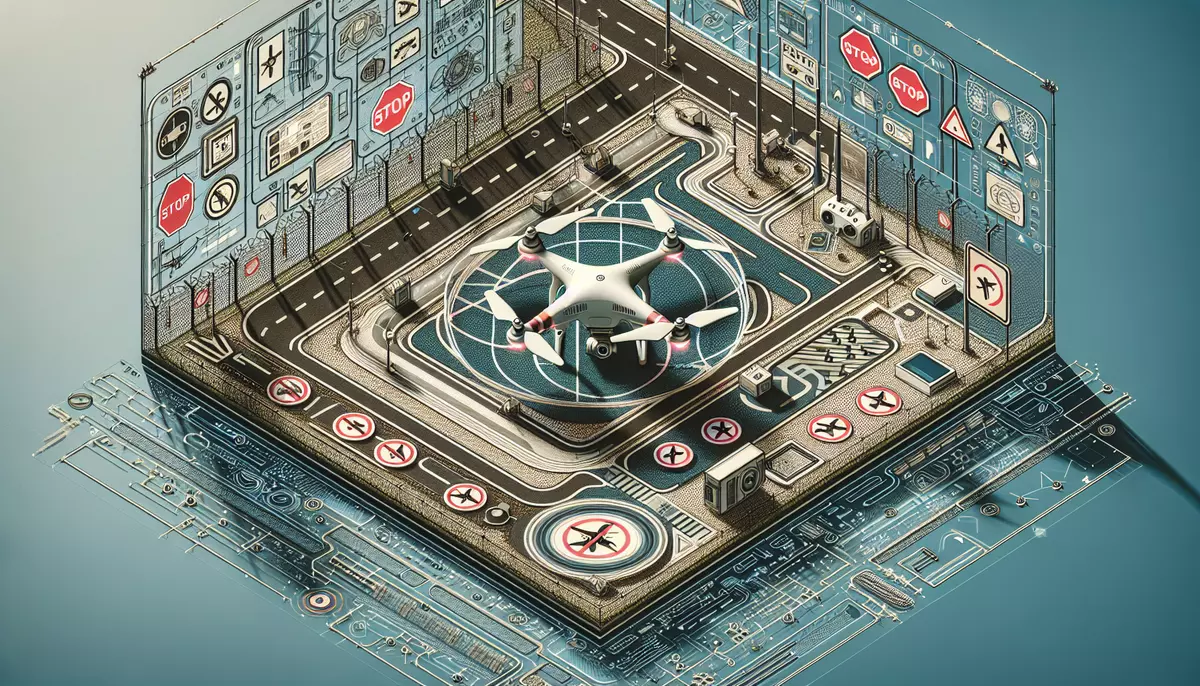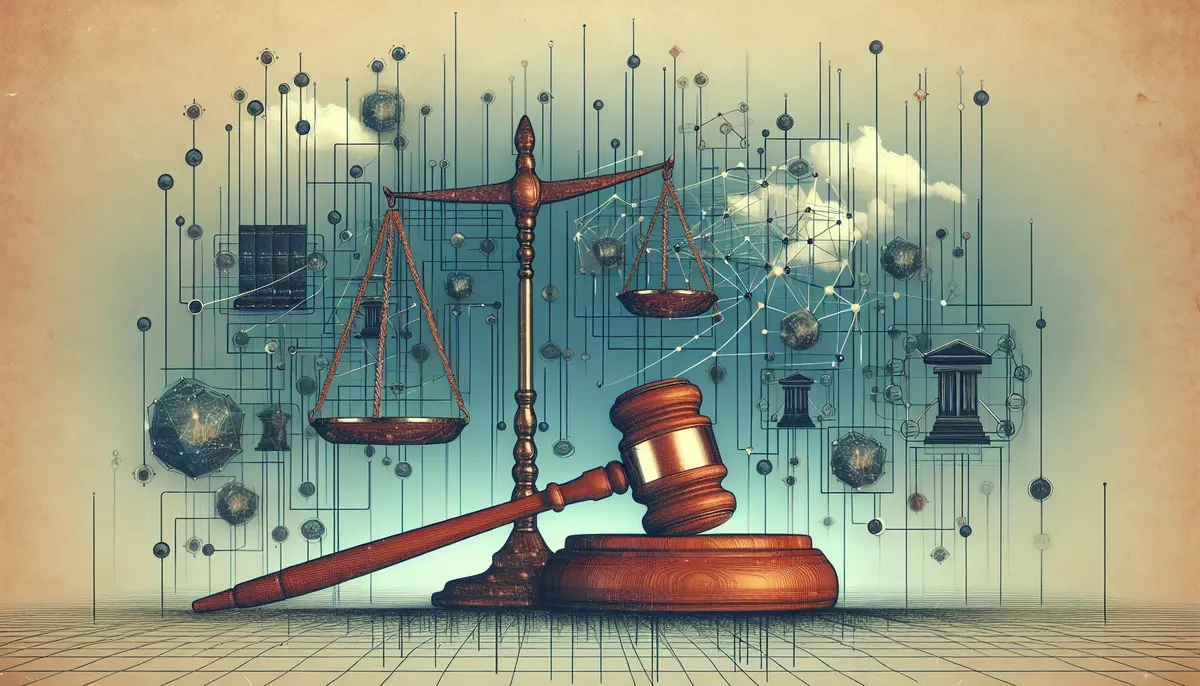Introduction
Unmanned Aerial Vehicles (UAVs), commonly known as drones, have become increasingly prevalent in various industries and recreational activities. As the use of UAVs continues to grow, ensuring their safe operation and proper regulation has become a critical concern. This knowledge base article explores the key aspects of UAV safety and regulation, providing a comprehensive overview for both operators and policymakers.
What is UAV Safety?
UAV safety encompasses the measures and practices implemented to minimize the risks associated with the operation of unmanned aerial vehicles. This includes safeguarding the aircraft, the operator, and the surrounding environment from potential hazards.
Key Aspects of UAV Safety:
- Aircraft Airworthiness: Ensuring the structural integrity, reliability, and performance of the UAV to withstand the stresses of flight.
- Operator Competence: Requiring proper training, certification, and adherence to safety protocols by the UAV operator.
- Airspace Integration: Integrating UAVs seamlessly and safely into the existing airspace, considering factors such as air traffic, weather conditions, and obstacles.
- Cybersecurity: Protecting UAV systems from cyber threats, such as hacking, GPS spoofing, and data breaches.
- Environmental Considerations: Mitigating the potential environmental impact of UAV operations, including noise, emissions, and wildlife disturbance.
UAV Regulation and Governance
The rapid growth of the UAV industry has prompted the development of regulatory frameworks to ensure the safe and responsible use of these technologies. Governments and international organizations have implemented various regulations and guidelines to address the challenges posed by UAV operations.
Key Elements of UAV Regulation:
- Registration and Licensing: Requiring the registration of UAVs and the licensing of operators to ensure accountability and compliance with safety standards.
- Airspace Restrictions: Establishing rules and guidelines for the operation of UAVs within designated airspaces, including no-fly zones and altitude limits.
- Operational Limitations: Imposing restrictions on the use of UAVs, such as line-of-sight requirements, weight limits, and prohibitions on certain activities (e.g., flying over populated areas).
- Enforcement and Penalties: Implementing enforcement mechanisms and penalties to deter and punish non-compliance with UAV regulations.
- International Harmonization: Coordinating regulatory efforts across national boundaries to ensure consistent standards and facilitate the global integration of UAV technologies.
Challenges and Emerging Trends in UAV Safety
As the UAV industry continues to evolve, new challenges and trends are emerging that require ongoing attention and adaptation of safety and regulatory frameworks.
Challenges in UAV Safety:
- Technological Advancements: The rapid pace of technological innovation in UAV design, materials, and capabilities can outpace the development of safety standards and regulations.
- Recreational and Commercial Use: The diverse range of UAV applications, from hobbyist use to commercial operations, requires tailored safety approaches and regulations.
- Enforcement and Compliance: Ensuring effective enforcement of UAV regulations and achieving widespread compliance among operators remains an ongoing challenge.
- Privacy and Data Protection: Addressing concerns about the potential misuse of UAVs for surveillance and data collection, and balancing safety with privacy rights.
Emerging Trends in UAV Safety:
- Autonomous and Beyond-Visual-Line-of-Sight Operations: The development of advanced UAV technologies, such as autonomous flight and extended range operations, will require new safety protocols and regulatory frameworks.
- Integrated Airspace Management: The integration of UAVs into the existing airspace, alongside manned aircraft, will necessitate the development of sophisticated air traffic management systems.
- Collaborative Safety Initiatives: Increased collaboration between industry stakeholders, regulators, and research institutions to develop comprehensive and adaptable safety solutions.
- Ethical Considerations: Addressing the ethical implications of UAV use, such as privacy, security, and the potential for misuse, will become increasingly important.
Conclusion
The safe and responsible operation of UAVs is crucial as their use continues to grow across various sectors. By understanding the key aspects of UAV safety and the evolving regulatory landscape, both operators and policymakers can work together to ensure the safe integration of these technologies into our airspace and communities. Ongoing collaboration, technological advancements, and adaptable regulatory frameworks will be essential in addressing the challenges and embracing the opportunities presented by the dynamic UAV industry.
This knowledge base article is provided by Fabled Sky Research, a company dedicated to exploring and disseminating information on cutting-edge technologies. For more information, please visit our website at https://fabledsky.com/.
References
- Federal Aviation Administration. (2021). Unmanned Aircraft Systems (UAS) Regulations & Policies. https://www.faa.gov/uas/getting_started/
- International Civil Aviation Organization. (2020). Unmanned Aircraft Systems (UAS) for Humanitarian Aid and Development. https://www.icao.int/safety/UA/Pages/default.aspx
- European Union Aviation Safety Agency. (2021). Regulations for Unmanned Aircraft. https://www.easa.europa.eu/domains/civil-drones-rpas
- Clothier, R. A., Greer, D. A., Greer, D. G., & Mehta, A. M. (2015). Risk perception and the public acceptance of drones. Risk analysis, 35(6), 1167-1183.
- Luppicini, R., & So, A. (2016). A technoethical review of commercial drone use in the context of governance, ethics, and privacy. Technology in Society, 45, 109-119.


























